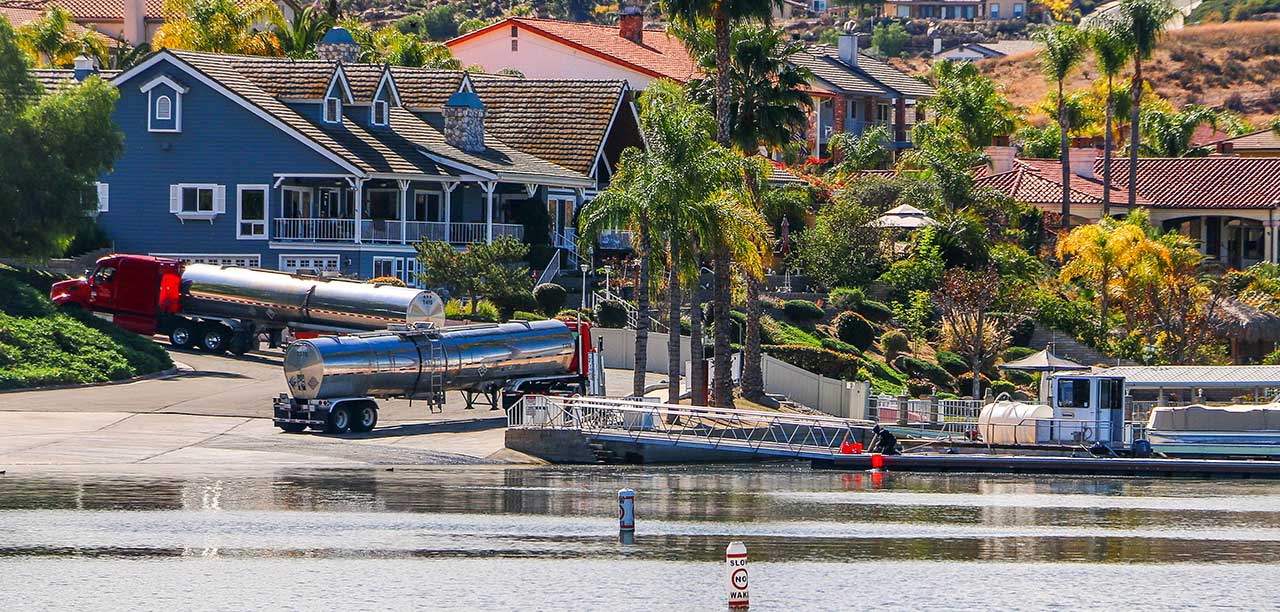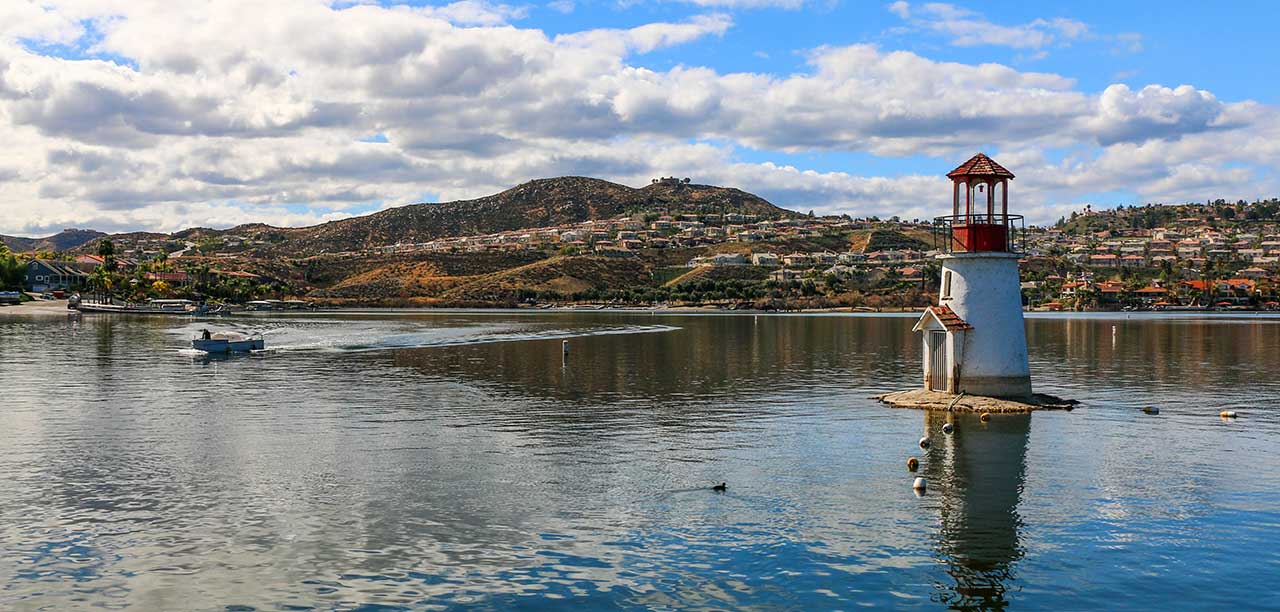Canyon Lake’s 8th alum treatment completed
Canyon Lake received its 8th alum treatment last week, Feb. 12 through Feb.16. Alum was applied to the lake in the main body, east bay and the area north of the causeway.
Aquatechnex biologists treated the lake with aluminum sulfate to sequester and remove phosphorus as part of the Total Maximum Daily Load (TMDL) Task Force. The lake remained open during the treatment process.
Being that Canyon Lake is located near the end of the watershed, it receives high levels of nutrients, such as nitrogen and phosphorus, as a result of water runoff. These nutrients encourage algae growth. By adding alum to the water, it immediately binds to the phosphorus, causing it to neutralize and become inactive. This process was chosen as a means to improve lake quality due to its proven effectiveness in lakes throughout the country.
The project was funded by a state grant and by the Lake Elsinore and Canyon lake TMDL Task Force, which consists of cities, the County of Riverside, agriculture and dairy coalitions and other organizations in the San Jacinto River watershed.
Implementation of the alum project was coordinated by the City of Canyon Lake, the Elsinore Valley Municipal Water District, Lake Elsinore and San Jacinto Watershed Authority (LESJWA), the TMDL Task Force and the Canyon Lake POA.
Alum, a naturally occurring mineral that is safe to humans and marine life. According to LESJWA, there have been no reported incidents of fish kills or other evidence of aquatic toxicity as a result of these lake restoration activities.
When applied in lakes, alum rapidly binds with phosphorus to form a non-toxic mineral particle called aluminum phosphate. This reaction is usually complete within a few hours and the resulting particles slowly settle to the bottom after just a day or two.
Initially, the aluminum phosphate particles form a thin layer only 1 to 2 mm thick. Eventually, the particles are incorporated back into the soil.
Water officials note that in 2004, 700,000 gallons of liquid alum was applied to 1,550 acres of Big Bear Lake without any adverse effect to fish, aquatic organisms, birds or other wildlife. Afterward, Big Bear observed a 90 percent improvement in water clarity in the month following the alum application.
According to LESJWA spokesperson Mark Norton, alum has a proven track record of success and is safe to both humans and marine life. Drinking water quality will not be affected by any of the treatment options.
The (TMDL) Task Force evaluated several options during the CEQA process and determined that alum application provides the best option as a step to effectively treat the entire lake in a timely manner with minimal impact to residents.
LESJWA is a joint powers authority entrusted with state and local funds to improve water quality and wildlife habitats in Lake Elsinore, Canyon Lake and the surrounding San Jacinto watershed. For more information about LESJWA, visit mywatersheds.com.
Previous Article
Community members to be honored at gala



 April 26, 2024
April 26, 2024